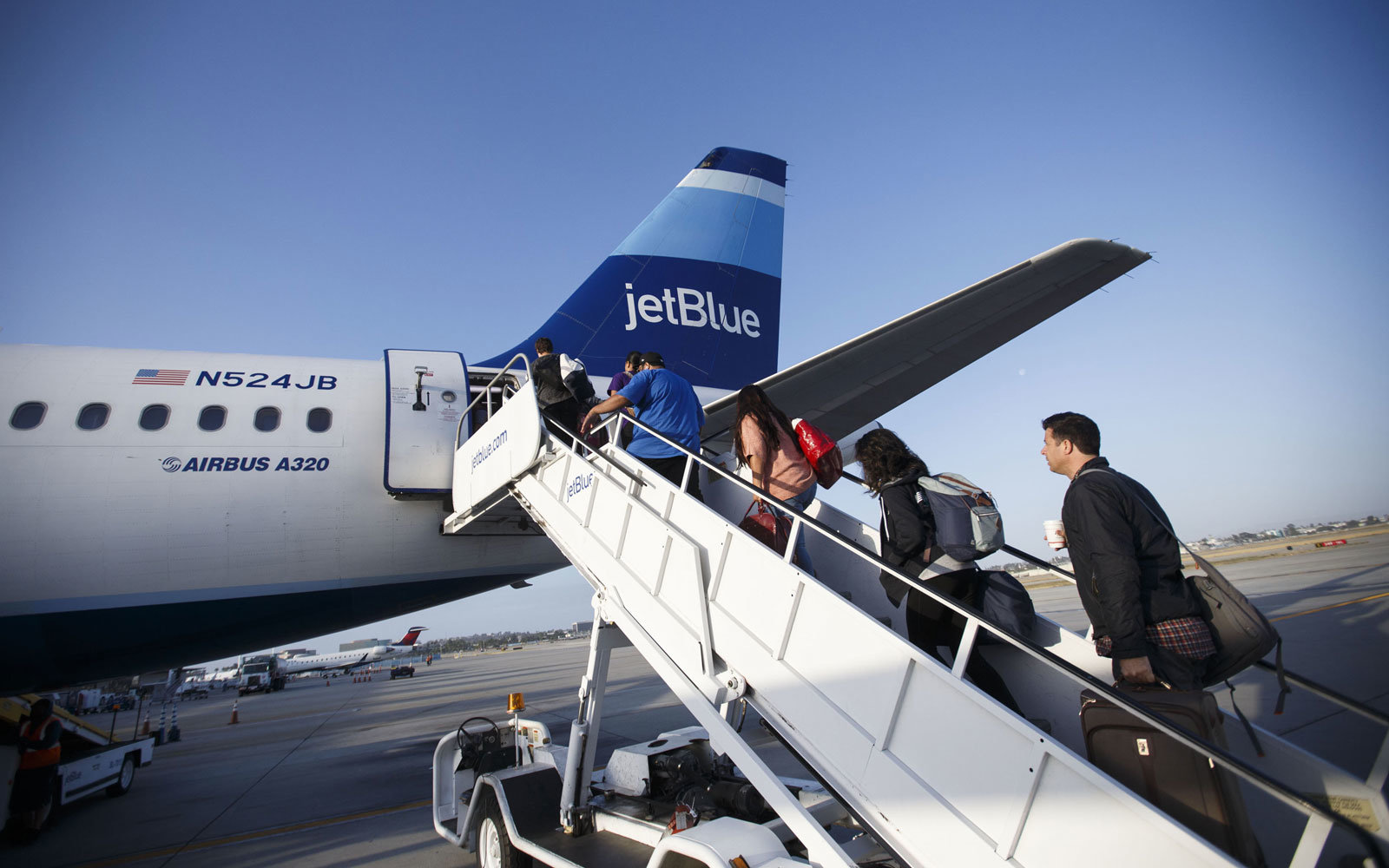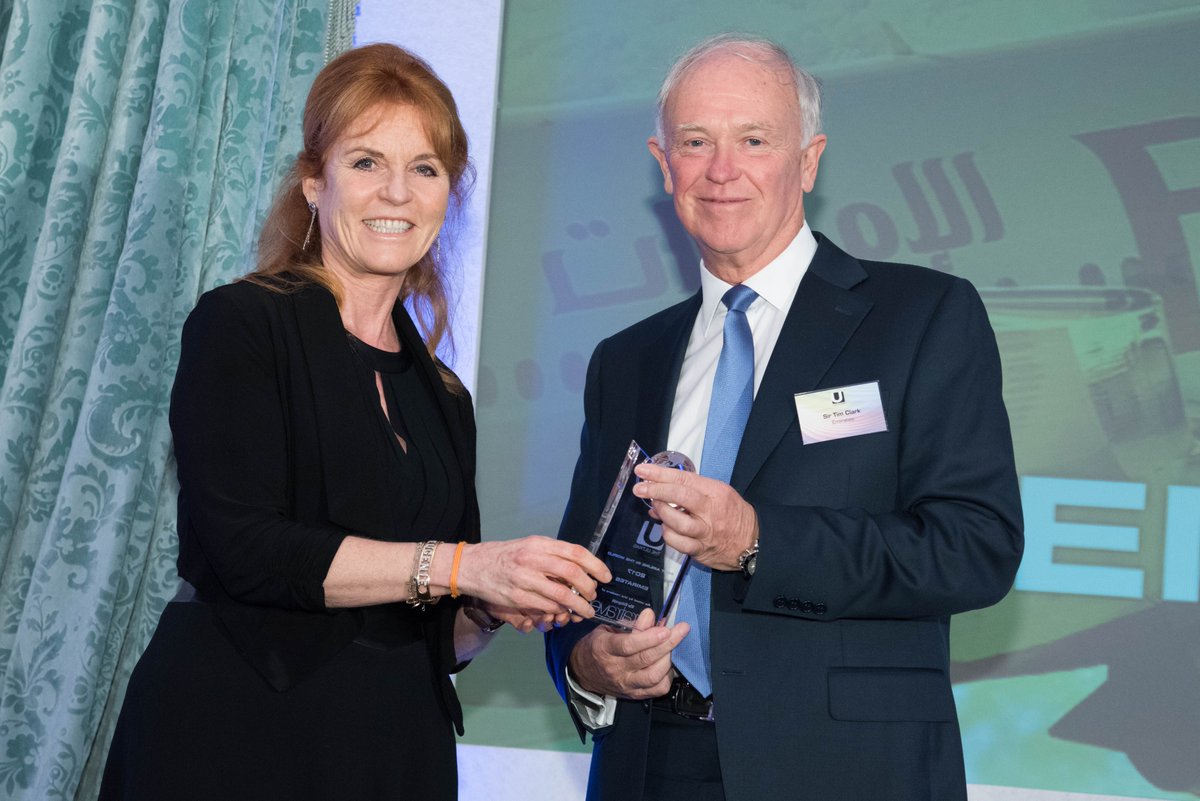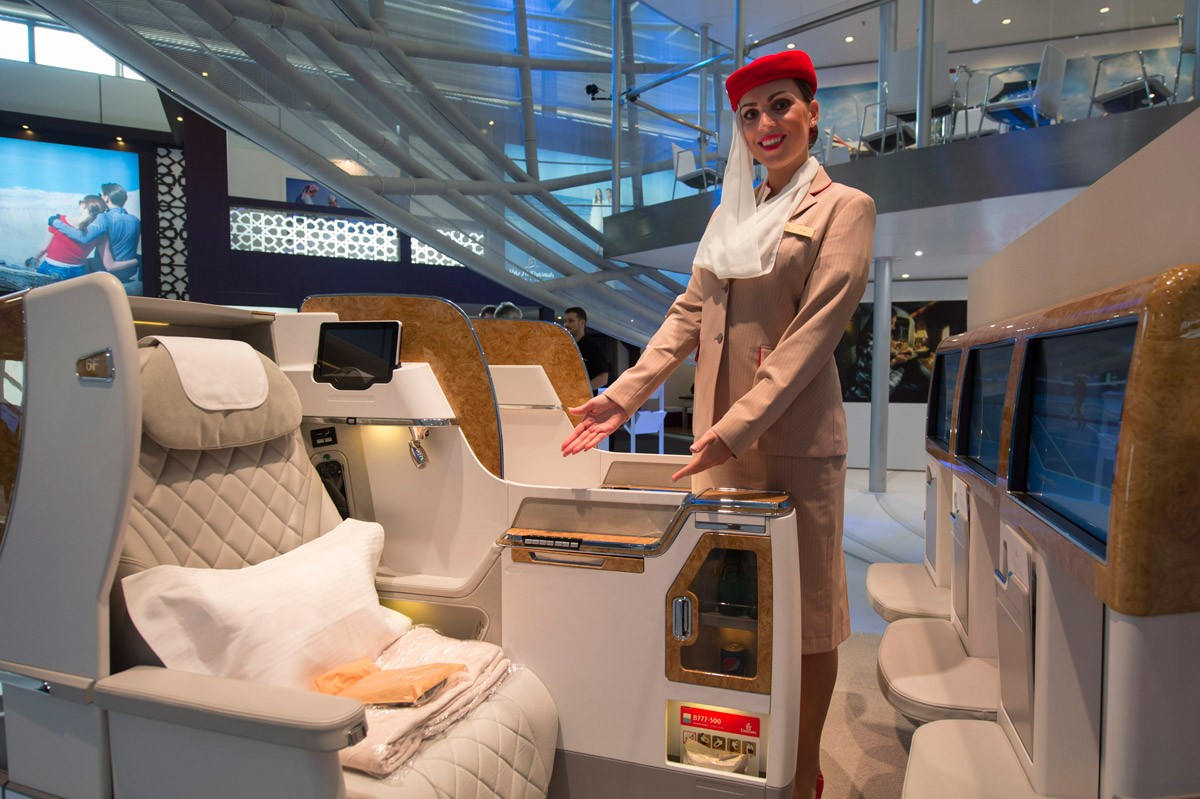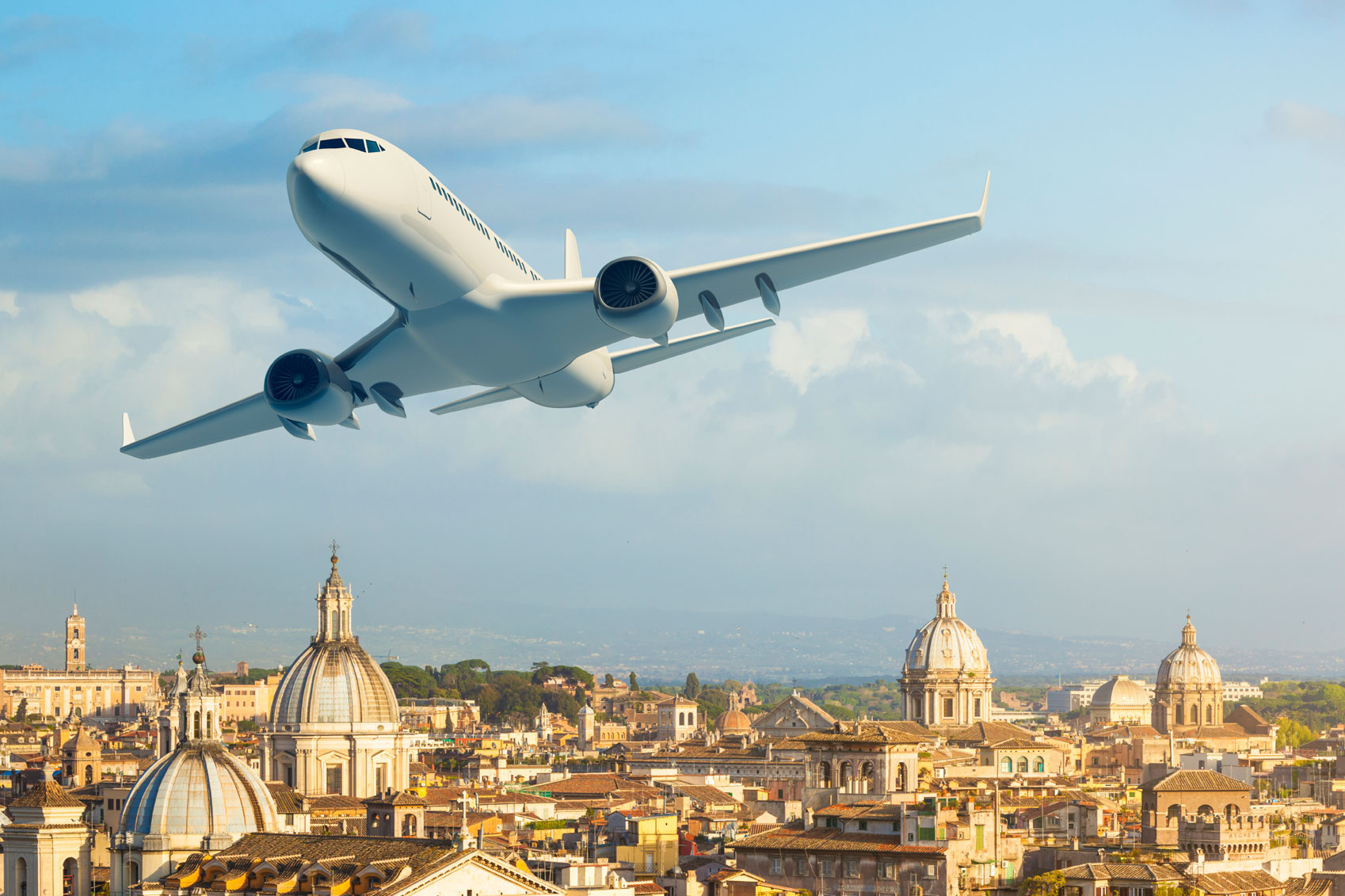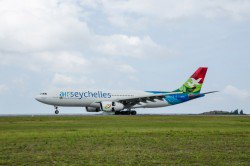
Air Seychelles will launch three weekly non-stop Paris flights from July 2015, replacing the current twice-weekly service to the French capital via Abu Dhabi, and dramatically increase weekly frequencies on its regional network from April 2015.
This non-stop Paris service will continue to be operated to Charles de Gaulle airport on an Air Seychelles Airbus A330-200 aircraft.
Air Seychelles chairman, Joël Morgan, said: “The government of Seychelles strongly endorses the non-stop flights between Paris and Seychelles.
“It was always part of the plan to return to Paris non-stop when the time was right.
“This service will connect to one of Europe’s most popular and well positioned hubs, which will give a further boost to arrival numbers from this core market, thereby making an even bigger contribution to the national economy of Seychelles,” said Morgan.
The regional network development strategy will see Air Seychelles substantially upgrade Mauritius and Mumbai to a four-per-week service and operate an additional third weekly flight to Antananarivo, bringing an additional 21,000 regional return seats to Seychelles per year.
Air Seychelles chief executive Manoj Papa, said: “The non-stop Paris flight is an exciting development that has been unanimously welcomed by the travel trade.
“In order to deliver further benefits to travellers, the service will be coupled with a considerable deepening of our regional network, which is designed to meet the demand for travel between East Africa, the Indian Subcontinent and the Middle East, connecting across our Seychelles hub.
“We are continuing to build flexibility and convenience into our regional network for business and leisure travellers.
“We will work closely with tourism bodies and trade partners in Seychelles and abroad, who have a crucial role in making this enhanced international and regional network a success,” Papa said.
Including its current scheduled services to Dar es Salaam (two weekly flights) and Johannesburg (three weekly flights), this regional network enhancement will now see Air Seychelles offer 16 return services per week in the Indian Ocean region, up from 13 previously.
In addition, Etihad Airways and Air Seychelles will together offer a double daily service between Seychelles and Abu Dhabi, up from its current 13 flights per week.
The double daily service will offer seamless connections onto the wider Etihad Airways’ network.
Building on access to the China market, the three-per-week service between Seychelles and Hong Kong will be incorporated into a daily codeshare service operated by Etihad Airways, providing guests with access to and from Hong Kong on every day of the week.
The service, operated on an Air Seychelles-liveried Airbus A330-200 three times a week, will have an Air Seychelles ambassador in both the Business Class and Economy Class cabins, thereby promoting the Creole Spirit.
Papa said, based on the success of the flights between Beijing and Seychelles in February, Air Seychelles would continue to develop the very important Chinese market.
“The Chinese market has enormous potential for the airline. It also has the potential to be a key economic stimulus for the economy of Seychelles, as the two recent flights with more than 500 Chinese tourists testified.
“We are generating interest in the Chinese market and responding to requests from several large tour operators for charter operations,” Papa said.
To support the deepening regional network, an important platform for the ongoing growth of Air Seychelles, the airline will obtain an Airbus A320 aircraft in April 2015.
Maximising utilization of its international fleet, one Airbus A330-200 in Air Seychelles’ livery will be operated in the interim by Etihad Airways from end April. Air Seychelles will maintain a total of three Airbus aircraft in its fleet.
Papa said this change would enable Air Seychelles to direct resources to developing the Indian Subcontinent and East Asia, while still focusing on the key market of Europe.



